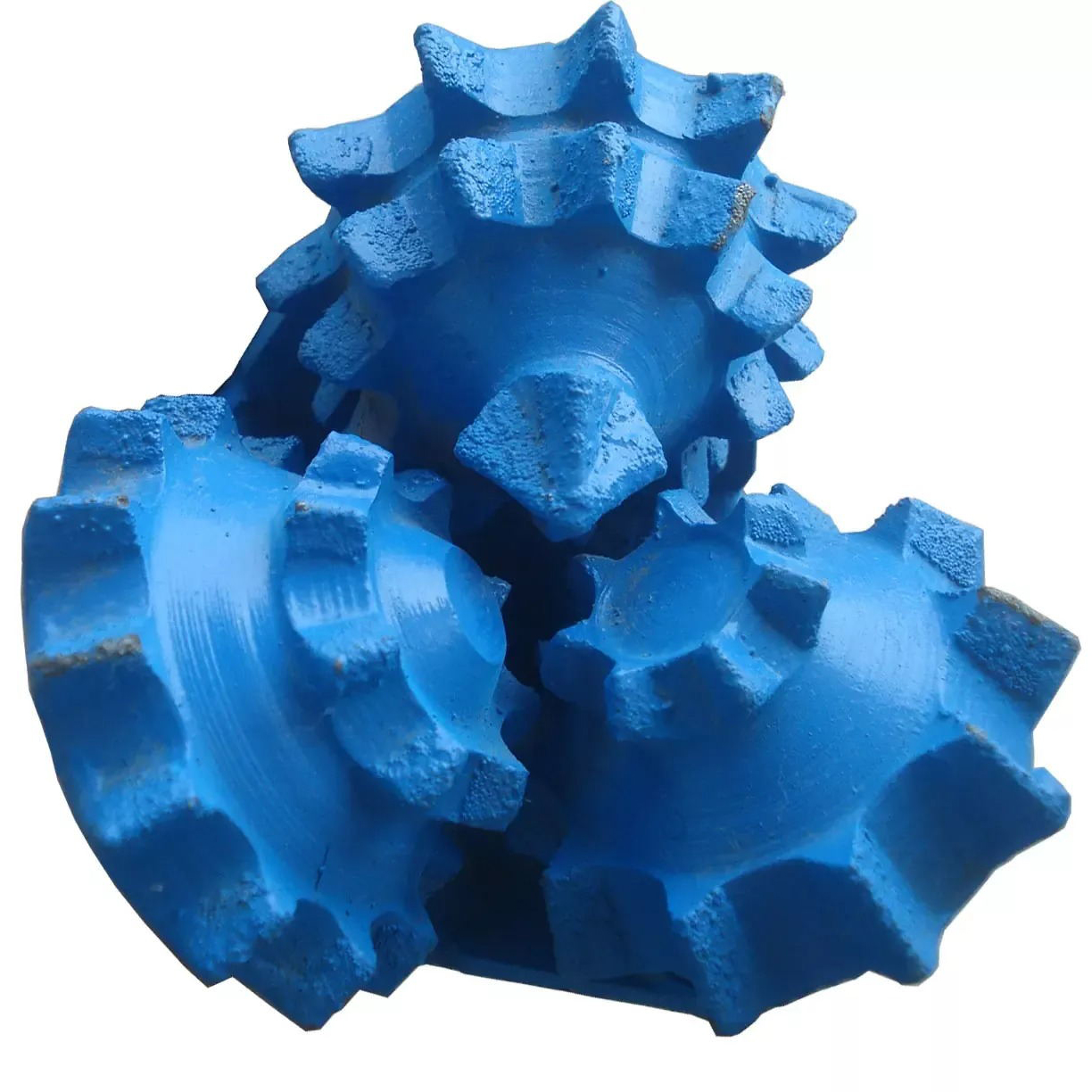Professional Tool Reviews for Pros
Many people want to know can a circular saw cut metal? The answer is: it depends. You have a lot of factors to consider in the metal-cutting vs circular saw question—like blade speed, the blade itself, and the collection of metal shavings created by the blade. You may look at your circular saw and wonder, “Why buy a metal saw when a framing saw does the same job?” Tricone Bits IADC137

It’s a fair question and, actually, you could do that. Plenty of manufacturers make 7-1/4-inch metal cutting blades that will fit a standard circular saw. However, even the best circular saws fall short when you start comparing features specifically tailored toward metal-cutting applications.
Looking a little more closely at the metal-cutting circular saws might give us some insight into why Milwaukee, Makita, and others have created dedicated tools for cutting metal.
The Milwaukee M18 Fuel 7-1/4-inch circular saw has a no-load RPM of 5,800 whereas the Milwaukee FUEL 8″ metal saw comes in at 4,000. Even that steps up from the 3900 RPMs of their smaller model. Makita boasts a similar speed in their 18V LXT Brushless model. The blade speeds of a wood-cutting framing saw well exceed recommended cutting speeds of carbide teeth in metal.
But that’s not the whole story because you also want to watch the size of the blade. Not only do metal cutting saws spin at a lower RPM, but they sometimes use smaller blades. When they do, those teeth spin significantly slower than higher RPM, larger-bladed circular saws. Check out the router bit speed article we wrote which covers a similar issue for woodworking.
Standard metal-cutting circular saw blades typically fall into the 5-3/8-inch blade size. As noted above, however, Milwaukee makes a 7.5-inch saw. That’s significant since it allows for a maximum cut capacity of 2-9/16 inches. Smaller saws fall nearly 1-1/2 inches short of a standard size 7-1/4 inch framing saw blade and cannot cut through 2-inch conduit in a single pass.
Cutting metal presents a more difficult task than cutting wood. Metal cutting more closely resembles abrasion than chipping away large particles of material. 7-1/4-inch blades create a lot of sparks when they cut metal at high speed. That equals flying, flaming hot metal shards that can wear out a blade quickly.
The design of metal-cutting saws lets them either collect or deflect those shards better than a framing circular saw. Finally, but more generally, a traditional wood-cutting circular saw’s open housing might not protect against metal shard buildup. Metal-cutting saws typically have closed housings for that purpose.
Safety Tip: Always confirm the blade RPM rating is within the saw’s RPM rating. This also goes for metal-cutting chop saws.
As we mentioned earlier in this article, metal-cutting saws specialize in their tasks. With modern battery pack technology, they can make dozens of cuts—even through tough material like stainless steel. That means modern cordless metal-cutting saws can now do things only previously possible with corded tools.
We love that since it eliminates both a trip hazard and a common issue—cutting through the cord by accident. Our recommendation falls to corded saws if you need to save money and you intend to make a ridiculous amount of cuts. Corded saws also save on weight since they don’t require a battery pack.
For portability and flexibility, cordless metal-cutting saws rule the day and provide plenty of power and runtime.
It’s just not a good idea to use a wood cutting saw for metal cutting. Stick with circular saws designed for each specific task, and don’t be afraid to go for a corded metal cutting saw if a cordless model is too tough on your budget. You don’t want to burn up your circular saw and leave yourself without a tool to get your work done. Like so many others, it’s an expensive lesson to learn.
Shop Metal Saws at Acme Tools
Kenny holds a B.S. in Biology and a minor in chemistry. While that might not sound like a direct line into the power tool industry, his analytical and scientific mindset help him design repeatable testing methods for Pro Tool Reviews’ head-to-head testing and offer highly objective comparisons in his reviews.
Kenny’s life around power tools started early. His grandfather was an airplane mechanic in WW2 and took up woodworking as a hobby after retiring from the power industry. Building everything from bookshelves to lazy Susans, he became extremely accomplished while his young grandson observed, fascinated at the way raw wood could turn into something both beautiful and functional. In fact, Kenny still uses several pieces that his grandfather made more than 30 years ago.
At home, Kenny’s dad made the family budget stretch further by doing many DIY repairs around the house. From his dad, he was able to learn irrigation, landscaping, car maintenance, basic electrical, and more. He even rewired their bass boat for fun one weekend as a young teenager.
Buy a 48-59-1850 Battery Starter Kit, Take Home a Free M18 Tool at No Extra Cost If you’re on Milwaukee’s […]
Looking for the best miter saw in 2024? We’ve got you covered! In this Best Miter Saw 2024 video, we […]
Battle of the titans, Milwaukee vs Dewalt Hammer Drill! In this video, we have their flagship hammer drills, the DCD999 […]
Along with our Skil 18-gauge brad nailer, we got a surprise—Skil batteries that charge using a USB-C cable. That might […]
As an Amazon Associate, we may earn income when you click on an Amazon link. Thanks for helping us do what we love.
See our Privacy Policy and Terms & Conditions.
Pro Tool Reviews is a successful online publication that has been providing tool reviews and industry news since 2008. In today’s world of Internet news and online content, we found that more and more professionals researched a large majority of their major power tool purchases online. That piqued our interest.
There’s one key thing to note about Pro Tool Reviews: We’re all about the professional tool user and tradesman!

steel tooth bit 194mm Copyright ©2008-2024 Pro Tool Reviews, LLC. All rights reserved.